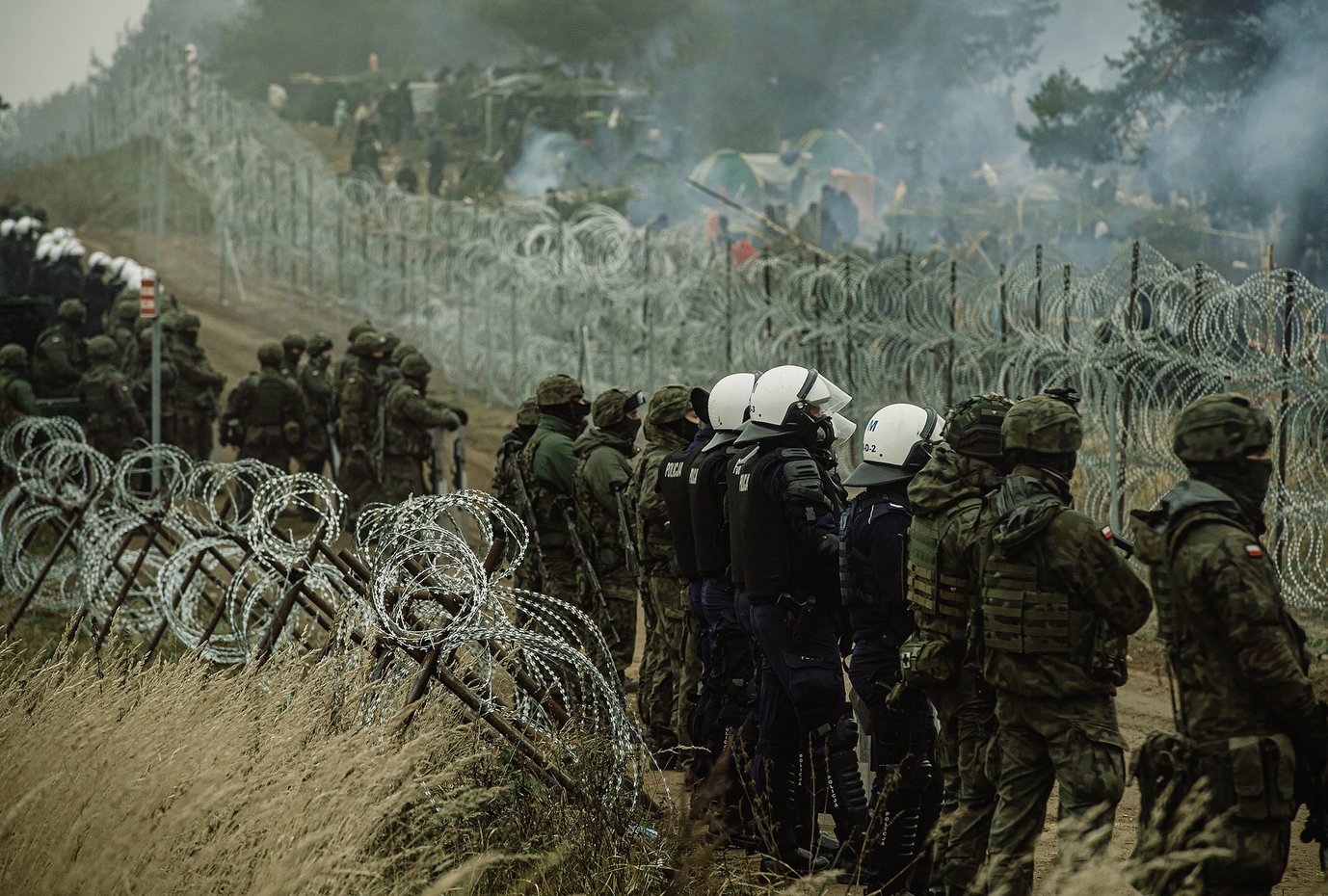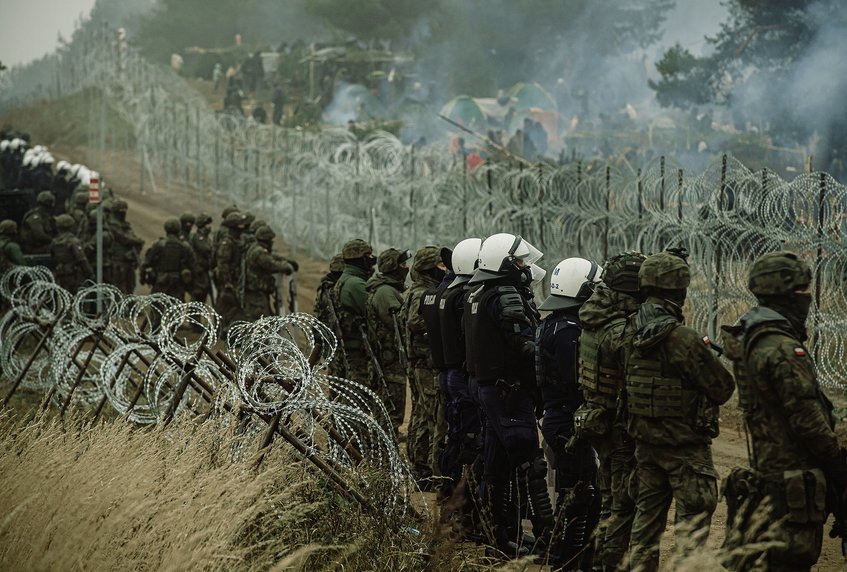The Need for a Comprehensive EU Framework to Stabilize EU Borders
The crisis at the border between Poland and Belarus highlights that Europe needs to prepare itself for surges in migration movements. A border screening procedure, as suggested by the European Commission, can be the basis for a systematic framework, thinks Luc Leboeuf, – but he also sees some issues.
Our leader of the African research team, Sophie Nakueira, adds a non-European perspective and explains how Uganda deals with humanitarian crises at its border. Winfried Kluth, leader of the German team, suggests a paradigm shift on the question of how the EU and the international community handle migration.

Tensions at the border between Poland and Belarus are flooding the news as Polish border guards are preventing several thousand migrants,[1] including particularly vulnerable ones such as children, from entering EU territory. These migrants find themselves stuck in the woods along the border, where some have died from the cold.
Belarus holds direct responsibility for the situation. It is actively supporting migrant movements towards the EU in an attempt at destabilizing its neighbours, where migration has become a particularly divisive topic. These divisions feed broader and fundamental challenges to the primacy of EU law, as illustrated by a recent Polish ruling and ongoing infringement procedures against Poland.
Decisions have been made at EU level to toughen diplomatic sanctions against Belarus. Such measures are necessary. More fundamentally, however, these events highlight the lack of a comprehensive EU framework to address sudden surges in migration towards EU borders – making the EU particularly susceptible to blackmail.
In its New Migration and Asylum Pact, the European Commission suggests establishing a border screening procedure for the EU external borders. The objective is to identify swiftly the migrants who are in need of protection, and to prevent irregular border crossings. Under this procedure, migrants who apply for asylum will be required to remain in collective and closed accommodation centres located on EU territory next to the border while their application is fast-tracked. The procedure also includes a health and vulnerability check. The objective is to identify the special needs of the most vulnerable asylum seekers, and to adapt the reception conditions and the asylum procedure accordingly (which could include the granting of access to the territory and to the regular asylum procedure).
The border screening procedure has the potential to offer a basis for a comprehensive and systematic EU response to migration towards its borders, which would also guarantee the right to asylum. But it raises numerous implementation issues.
Particular attention will have to be paid to how to avoid the creation of multiple camps at the EU borders, where asylum seekers might remain stuck in precarious conditions over a long period. The situation on the Greek islands serves as a constant reminder that this should not be the way to go.
The proposed vulnerability check, which could ensure that the most difficult cases are adequately taken care of, similarly raises numerous questions: vulnerabilities are complex, and it is illusory to think that they can be fully and swiftly assessed based on what would amount to a checklist exercise. Value-based choices will have to be made regarding which ‘vulnerabilities’ and, therefore which asylum seeker profiles should be favoured – such as unaccompanied minors or asylum seekers suffering from serious physical injuries as a result of torture.
Tackling these implementation issues requires a debate, the urgency of which is evident from current events. If they are adequately addressed, the border screening procedure could stabilize the EU borders while guaranteeing the right to asylum. This would also justify recourse to tougher border enforcement tools when required in exceptional situations. In its case-law on pushbacks, the European Court of Human Rights allows states to systematically deny entry to migrants who take advantage of their large numbers and use force to try to cross borders, provided that some arrangements for legal entry are in place at existing border points.
In the meantime, the current Polish response, which ignores protection needs, may very well result in violations of international and EU law. It is time to move beyond the illusion that the EU borders can be completely sealed without giving rise to violence, and beyond the fear that any kind of humanitarian response will necessarily lead to the collapse of EU borders. The solution needed is to devise efficient border procedures that also address the protection needs of the most vulnerable migrants.
[1] It is likely that most will apply for asylum in the EU and that some will qualify for refugee status. This blog post thus refers to ‘migrants’ in a generic sense, which should not be understood as expressing any preconceived opinion on the validity of the asylum claims that may be submitted.
